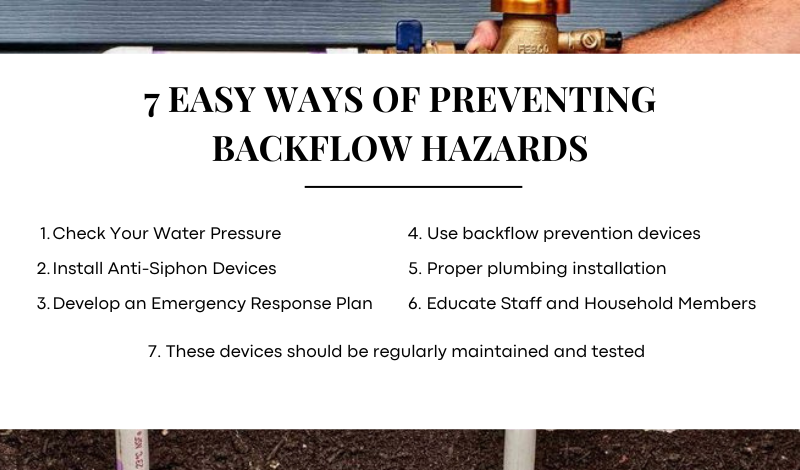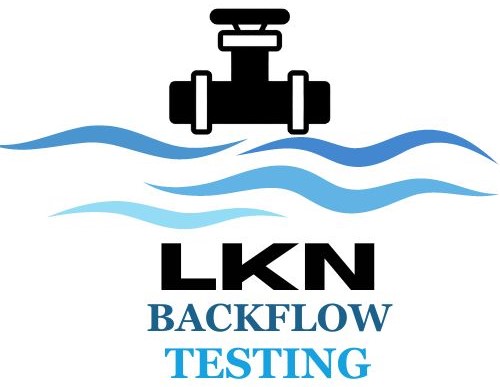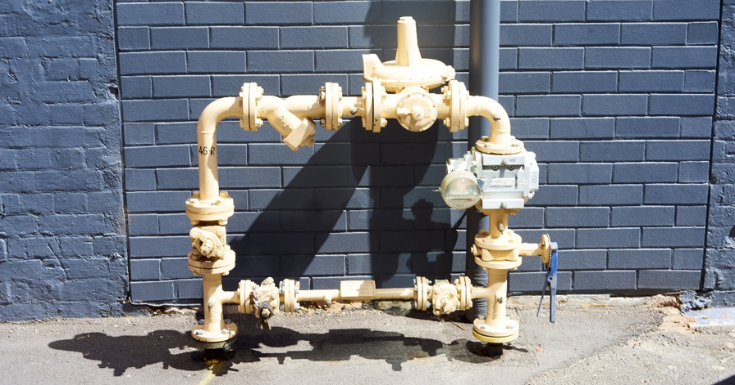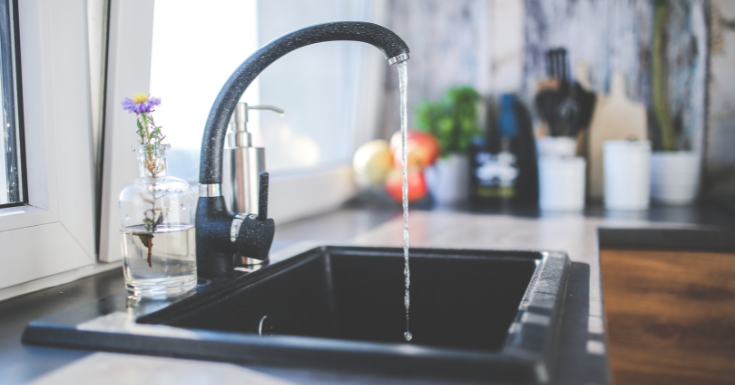The backflow hazards are very serious and therefore include all those pollutants that can contaminate clean water in a water system. The dangers can be safeguarded by monitoring these hazards and understanding what actually causes backflow. In this blog, we will discuss the causes of backflow and mention seven effective ways to prevent these hazards from ever compromising your water system. Let’s ensure our water stays clean and safe!
What is Backflow? What Causes Backflow?
The backflow can be caused due to fluctuations in water pressure in the system. Two major conditions which may cause backflow to occur are Backpressure and Backsiphonage.
Backpressure: A situation when the pressure in the water system becomes greater than the pressure in the clean water supply; forcing contaminated water backward from the water system into the clean water distribution lines.
Backsiphonage: This is caused by a sudden drop in the pressure level of the clean water supply, creating a vacuum that pulls contaminated water into the system. Events such as main breaks, high water withdrawal, or firefighting activities can cause back siphonage.
To make this more understandable, think of your water system as a one-way street. When backpressure or backsiphonage happens, it’s like opening a door on this street, allowing contaminants to flow backward into areas that are supposed to remain clean.
Understand Backflow Hazards
Backflow dangers are situations whereby the normal flow of water is reversed in a system and hence contaminated water moves into the clean water supply. This can subject users to serious health risks through exposure to chemicals, bacteria, and other pollutants. Since you drink it, cook with it, and bathe in it, being aware of these hazards is the first step in safeguarding your water system.

7 Easy Ways of Preventing Backflow Hazards
1. Use backflow prevention devices: Other installed backflow preventers include air gaps, reduced-pressure zone assemblies, and double-check valves to avoid this flow. These devices obstruct the reverse flow of water into the clean water supply lines and subsequently eliminate the potential contamination of clean water.
2. These devices should be regularly maintained and tested: It’s always important to maintain the testing of backflow prevention devices. Testing by a certified professional annually may ensure that the devices in your home or business are working correctly and that a backflow hazard is being effectively prevented.
3. Proper plumbing installation: Proper plumbing systems installation takes off most of the backflow control in line with local codes and standards. Improper installations set the ground for pressure imbalances and therefore, of course, backflows.
4. Educate Staff and Household Members: Increasing awareness and education on backflow hazards and prevention measures is also an essential practice. Through staff education or household members on proper usage and raising awareness on the importance of backflow prevention, contamination risks can be reduced to a minimum.
5. Check Your Water Pressure: You should monitor your water pressure to detect any problem of backflow on time. A sudden increase or drop in water pressure may show that something is wrong and needs urgent attention.
6. Install Anti-Siphon Devices: Anti-siphon devices on hoses and outdoor faucets may prevent back siphonage. Many of these basic devices are relatively low in cost, easy to install, and provide some degree of protection from backflow hazards.
7. Develop an Emergency Response Plan: If you have a plan to handle a backflow incident, you can significantly reduce the risk of contamination. Be certain that you have developed a set of clear steps for isolating affected areas, notifying authorities, and addressing the contamination without delay.
Conclusion
You want to safeguard your water system from these dangers so that those around your home or business are always guaranteed safe and clean water. By being knowledgeable about the overall causes of backflow and utilizing these efficient ways to prevent polluted backflow, you can significantly reduce the opportunity for accidental contamination.
LKN Backflow Testing believes in keeping you and your family safe by having a safe water system. Our team will provide you with reliable testing, maintenance, and installation services to guard against backflow hazards to your water supply. If you live in Moorseville, or near the LKN area and have been facing issues with backflow you can schedule a professional inspection by calling us at (704)-746-8477.
Frequently Asked Questions
Q. What are the primary backflow hazards?
Some of the backflow hazards include contaminated water flowing into the clean water supply. It introduces chemicals, harmful bacteria, and other pollutants.
Q. How often testing of backflow prevention devices is recommended?
A certified individual should test Backflow prevention devices yearly to ensure proper functioning.
Q. Why is regular maintenance necessary for backflow prevention devices?
Testing and maintenance ensure that backflow devices are operating properly and the prevention of contamination is being provided. Failure to maintain may result in device failure, which can then provide a potential backflow hazard.
Q. What should you do if you have a backflow incident?
Isolate the area and notify appropriate authorities, follow your emergency response plan to deal with the general contamination ASAP.




